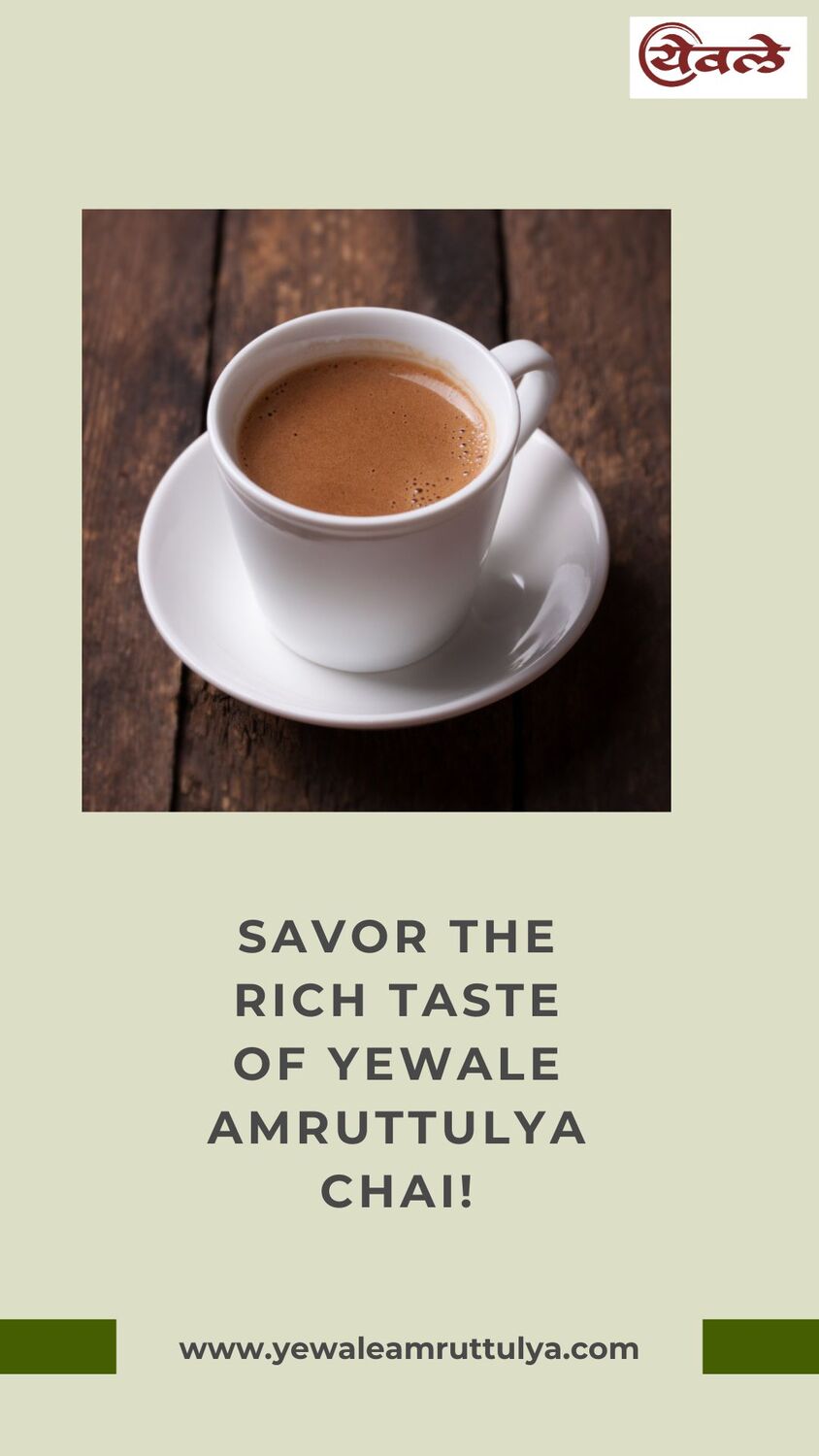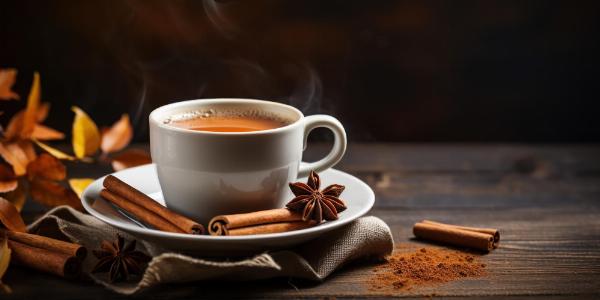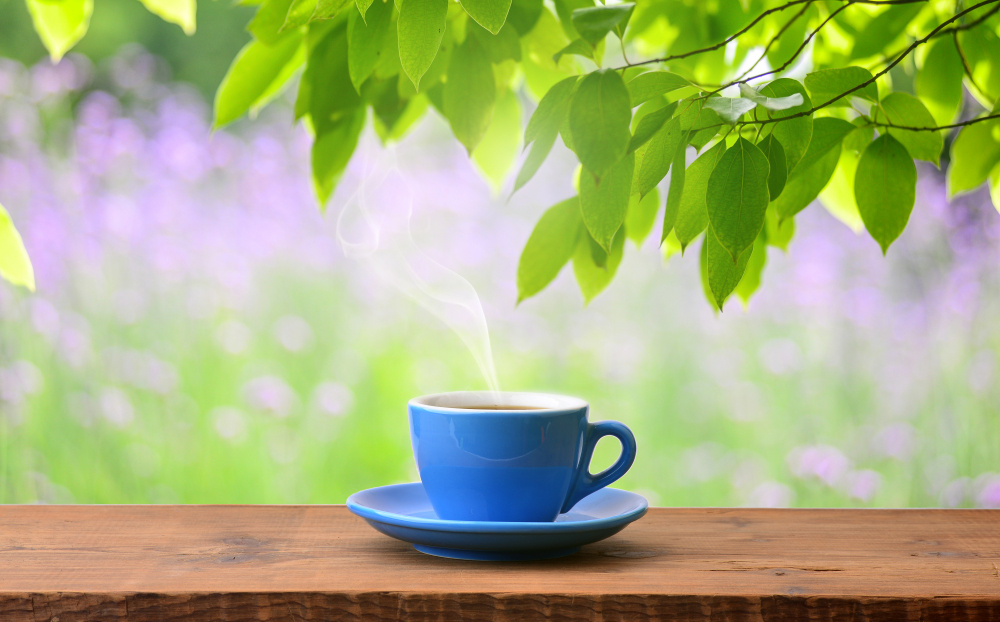 On-Page SEO Optimization – Fix Hidden Errors Killing Rankings!
On-Page SEO Optimization – Fix Hidden Errors Killing Rankings!
Tea and Social Connections: Exploring How Tea Rituals Influence Human Interaction
Written by Yewale Amruttulya » Updated on: June 17th, 2025

Tea, often regarded as a humble beverage, has a rich history steeped in tradition and culture. Beyond its refreshing taste, tea has played a significant role in fostering human interaction, influencing how people connect, communicate, and bond with one another. From ancient rituals to modern-day social gatherings, tea rituals have shaped human interaction across various cultures and civilizations.
In this guest post, we will explore the diverse ways in which tea has influenced human social connections. We will delve into the cultural history, psychological impact, and the broader role tea plays in fostering community and bonding. Let’s examine how this age-old drink continues to be a catalyst for meaningful conversations and connections.
Tea Culture: A Deep-Rooted Tradition
Tea has evolved from being an ancient discovery to a global cultural symbol. Its role in shaping social customs and rituals has transcended time and geography. Tea culture, which involves the practices and traditions surrounding the preparation, serving, and consumption of tea, varies across the world, but at its core, it is a social activity.
Historical Origins of Tea
Tea’s origins can be traced back to ancient China. According to legend, tea was discovered by Emperor Shen Nong in 2737 BCE when some tea leaves accidentally blew into a pot of boiling water. From this chance encounter, tea gradually became a part of Chinese culture and soon spread to other parts of Asia and the world.
Ancient Tea Traditions
The ritual of preparing and drinking tea began as a symbolic act of hospitality and respect. Ancient tea ceremonies, especially in China and Japan, were highly ritualized events that involved precise procedures, focusing on mindfulness, respect, and simplicity. These tea rituals were not only about drinking tea but also about establishing social connections through shared experiences.
Spread of Tea Across Civilizations
The trade of tea, beginning in the 16th century, played a crucial role in the spread of tea across the globe. It was introduced to Europe by the Portuguese and Dutch, and soon after, it found its way to the British Isles, becoming an essential part of British culture. Tea later reached the Middle East, where it became intertwined with hospitality practices and regional customs. Tea’s journey was a symbol of cultural diffusion and connection between distant societies.
Regional Tea Practices: Diversity in Traditions
Tea practices vary significantly across regions, reflecting cultural values and local traditions. Whether it’s the solemn tea ceremonies of East Asia, the jovial tea gatherings of the Middle East, or the structured tea time customs of Europe, each region has its unique approach to tea consumption.
East Asian Tea Ceremonies
In East Asia, particularly Japan and China, tea ceremonies are highly regarded for their ritualistic nature. The Japanese tea ceremony, known as chanoyu, involves a series of carefully choreographed steps that emphasize tranquility, humility, and respect. Participants are expected to savor the moment, making tea time a deeply reflective and meditative experience. These ceremonies often serve as opportunities to foster connections, particularly in formal settings.
European Tea Time Customs
In Europe, tea time customs are more relaxed yet still carry social significance. The British afternoon tea is a classic example of how tea plays a role in social interaction. Historically, afternoon tea became a social event where friends and family gathered to enjoy tea, sandwiches, and pastries. It remains an enduring tradition, representing a time to pause and connect with others.
Middle Eastern Tea Gatherings
In the Middle East, tea is often served as a sign of hospitality. A simple cup of tea can bring people together, and the act of sharing tea is seen as a gesture of goodwill. Tea is frequently enjoyed in casual gatherings, where conversation flows freely, and connections are deepened. The preparation and serving of tea are important aspects of Middle Eastern culture, often accompanied by a sense of ceremony.
Social Functions of Tea: More Than Just a Drink
Tea is much more than just a beverage; it is a powerful tool for socializing and building relationships. From formal tea ceremonies to casual tea gatherings, tea plays a pivotal role in facilitating human connections.
Hospitality and Etiquette
Tea has long been a symbol of hospitality. In many cultures, offering tea to guests is seen as a sign of warmth and respect. The way tea is prepared and served often carries a certain level of etiquette, reinforcing the importance of courtesy and social norms.
Tea Hosting Protocols
Tea hosting protocols vary depending on cultural traditions. For example, in Chinese culture, it is customary to serve tea to guests as a sign of respect, often in a particular order, ensuring that everyone is served. In the UK, the host typically offers tea to guests with specific rules about milk, sugar, and tea strength. These protocols ensure that guests feel welcome and valued.
Proper Tea Serving Etiquette
Proper tea serving etiquette is another important aspect of tea culture. Whether it’s the use of specific cups, the order in which guests are served, or the type of tea offered, these practices ensure that tea time is an occasion that highlights respect for both the beverage and the people sharing it.
Interpersonal Bonding Through Tea
One of the most powerful social functions of tea is its ability to foster interpersonal bonding. Tea has the unique ability to bring people together in ways that promote connection and intimacy.
Tea Conversation Starters
Tea is often used as an icebreaker during conversations. Whether it’s a casual tea gathering or a formal tea ceremony, the act of offering and sharing tea provides a natural segue into meaningful conversations. Tea is a universal topic that can serve as a neutral subject to initiate dialogue, allowing individuals to open up and engage with one another.
Shared Tea Experience
The shared experience of drinking tea can also deepen personal connections. Whether it’s sipping tea during a quiet moment of reflection or enjoying it in a lively social setting, the communal aspect of tea drinking creates a sense of togetherness. It allows people to engage in a shared ritual that strengthens the bonds of friendship and trust.
Community Building Through Tea
Tea has long been a catalyst for community building. In various cultures, tea houses, salons, and tea-based social clubs have provided spaces where individuals can come together and foster relationships.
Tea Houses and Salons
In places like China, Japan, and Turkey, tea houses have historically served as meeting places for social gatherings, political discussions, and cultural exchanges. Tea houses offer a relaxed environment where people can sit and enjoy tea while discussing matters of personal or societal importance. These communal spaces facilitate social connection and community building.
Tea-Based Social Clubs
Tea-based social clubs have also been an integral part of society in many parts of the world. These clubs provide members with a space to come together, share tea, and engage in shared activities, from book clubs to political discourse. Tea clubs often serve as community hubs, creating a sense of belonging and shared purpose.
Psychological Impact of Tea: Relaxation and Mindfulness
The act of drinking tea can have profound psychological effects, promoting relaxation, mindfulness, and emotional well-being. These benefits go beyond the physical effects of tea and play an important role in how tea rituals influence social connections.
Relaxation and Mindfulness
Tea is often associated with relaxation. Many cultures view tea drinking as a meditative process that fosters mindfulness. The act of brewing, serving, and sipping tea can provide a calming effect, helping individuals to focus on the present moment and clear their minds. This practice of mindfulness, in turn, enhances the quality of social interactions, allowing individuals to be more present and engaged with one another.
Tea Meditation Practices
In some cultures, tea ceremonies incorporate meditation practices. For example, the Japanese tea ceremony is often paired with moments of quiet reflection and mindfulness. These practices can foster emotional balance, promoting positive interactions and reducing stress in social settings.
Tea Break Benefits
In modern society, taking a tea break is a common practice in workplaces and homes alike. Studies have shown that taking regular breaks for tea can reduce stress, improve focus, and enhance overall well-being. This mental refreshment can positively affect social interactions, as individuals are more likely to be calm, composed, and present during tea breaks with others.
Emotional Expression Through Tea
Tea can also serve as an emotional catalyst, allowing people to express and process their emotions. The shared act of drinking tea can encourage open conversation, providing a safe space for individuals to share their thoughts, feelings, and experiences.
Tea Rituals and Mood
Tea rituals have been found to influence mood. In many cultures, tea is seen as a beverage that brings comfort and solace. Whether it’s a warm cup of tea during a stressful day or a soothing brew shared with friends, tea rituals can uplift spirits and promote positive emotional exchanges during social interactions.
Tea and Intercultural Exchange: A Bridge Between Cultures
Tea has not only influenced human interactions within individual cultures but also acted as a bridge between different civilizations. From the trade of tea to its role in diplomacy, tea has played a crucial role in fostering intercultural exchange.
Tea Trade and Diplomacy
Tea has long been a valuable commodity in international trade, facilitating diplomatic relations between nations. During the 17th and 18th centuries, the British Empire used tea as a diplomatic tool, exchanging tea for goods and fostering alliances with nations like China. Tea trade routes and cultural diffusion have helped build bridges between distant cultures and foster international connections.
Tea as Diplomatic Gift
Tea has also been used as a diplomatic gift, symbolizing goodwill and strengthening ties between nations. Whether exchanged as part of trade agreements or given during official visits, tea has served as a symbol of hospitality, respect, and international friendship.
Tea Routes and Cultural Diffusion
The spread of tea along trade routes, such as the Silk Road, not only facilitated the exchange of goods but also led to the exchange of ideas, philosophies, and cultural practices. Tea became a vehicle for cultural diffusion, allowing people from different backgrounds to interact, learn from one another, and build mutual understanding.
Tea-Inspired Art and Literature: A Cultural Symbol
Tea has inspired countless works of art and literature throughout history. Its presence in paintings, sculptures, poems, and novels highlights the beverage’s cultural significance and its ability to evoke emotions and connections.
Tea-Themed Paintings and Sculptures
Tea has been a subject of artistic expression for centuries. Many renowned artists have painted still-life portraits featuring tea cups, teapots, and tea rituals. These artistic works reflect tea's symbolic importance in human culture and its role in human interaction.
Tea Poems and Novels
Tea has also been a source of inspiration in literature. Poems, novels, and essays have explored the themes of tea as a social connector, a symbol of comfort, and a metaphor for life’s journey. Tea has found its way into the hearts and minds of writers and poets, further cementing its place in cultural history.
Health and Wellness Aspects of Tea
Beyond its social and psychological effects, tea offers numerous health benefits that contribute to its appeal as a beverage that supports well-being.
Physiological Effects of Tea
Tea is rich in antioxidants, vitamins, and minerals that promote physical health. It has been shown to improve heart health, boost metabolism, and support the immune system. The caffeine content in tea also provides a mild stimulant effect, promoting alertness without the jitters commonly associated with coffee.
Caffeine Content and Stimulation
Tea provides a gentler caffeine boost compared to coffee, making it a popular choice for those seeking a mild stimulant. The caffeine in tea enhances focus and mental clarity, making it an ideal beverage for social settings where engaging conversation is key.
Therapeutic Tea Practices
Herbal teas have long been used for their therapeutic properties. Whether it’s chamomile for relaxation, ginger for digestion, or peppermint for soothing headaches, therapeutic teas offer a natural remedy for a variety of ailments. These practices also highlight tea’s role in wellness, providing a holistic approach to health.
Final Words: Yewale Amruttulya – The Best Tea Franchise in India
Tea has remained a staple in human culture for centuries, shaping the way people interact, bond, and communicate. Whether through ancient tea ceremonies, modern tea breaks, or social gatherings, tea continues to play a crucial role in fostering connections among individuals. The practice of drinking tea serves not only as a way to refresh the body but also as a powerful means of social engagement, mindfulness, and emotional expression.
In India, where tea holds a special place in daily life, Yewale Amruttulya stands out as the best tea franchise in India. With its rich heritage and commitment to providing high-quality tea, Yewale Amruttulya continues to bring people together over a cup of tea, making it the ideal choice for tea lovers and franchisees alike.
Note: IndiBlogHub features both user-submitted and editorial content. We do not verify third-party contributions. Read our Disclaimer and Privacy Policyfor details.
Copyright © 2019-2025 IndiBlogHub.com. All rights reserved. Hosted on DigitalOcean for fast, reliable performance.

















